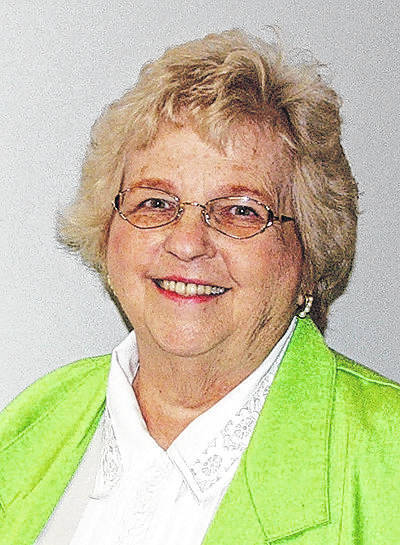
The graduating class of any high school is usually a very special event.
The Xenia High School Class of 1913 received quite a bit of recognition. One reason is that this was the largest (to date) class to graduate from Xenia Central High School. There were thirty-seven graduates who received their diplomas. The class consisted of twenty-three young men and fourteen young women.
Even before Commencement, the class received considerable recognition for the class play which that year was “Little Women.”
Miss Jean B. Elwell was the English teacher who wanted to provide even more education for the students and so suggested to the school board, some years previously, that the students put on a play for the community.
The School Board turned her down flat, but Miss Elwell was determined and finally the Board agreed when she suggested “A Midsummer Night’s Dream” by Shakespeare. The Board mandated that no curtains could be used on stage. Miss Elwell agreed, but she had an idea. On the night of the performance, she had a football player carry one of the girls across the stage at the end of each act. The next year the Board agreed that she could schedule another play and stage curtains could be used.
Following the performance of “Little Women”, the newspaper applauded the students with these remarks: the play “was one of the most brilliantly successful amateur affairs ever seen in this city and will be remembered with great pleasure by all who witnessed the performances. The staging of the production was excellent and the program went through without a hitch and without any of the tiresome intervals between acts that so often mar the amateur performances.” The usual tiresome intervals were filled with musical presentations from the students. One of the young men sang a couple of solos and the “13” quartet provided music as well.
The Opera House was decorated with the class colors of purple and white. The class moto was draped across the front of the stage and the class emblem, a dragon, was hung on a side wall. The students did all the decorating and arrangement of the sets including masses of purple and white flowers banking the sides of the stage. Even the pillars were wrapped with purple and white,
Following the overture, the Class President Albert F. Turrell spoke. This was followed by a financial gift which was to be added to the fund to construct an athletic field for Xenia. The three upcoming classes pledged to provide additional funding. This fund had been originated by the class of 1909 with subsequent classes pledging to help with the financing of what eventually became known as Cox Field.
“The curtain rose on the first act of ‘Little Women’ showing the March home with the four March girls assembled in the living room.” It should be noted that the scene included not only the cast players but two kittens as well.
It might be interesting to note that the roll of Mrs. March was played by Helen Santmyer.
The writer goes on to describe each act in detail including “The wedding scene in which the minuet was beautifully executed drew forth enthusiastic applause.”
He continues “The last act, showing a scene in the Plumfield orchard was a truly beautiful scene effect. Trees and boughs laden with blooms filled the stage and the colored lights lent a fairylike touch to the scene.” There was also a vine covered fence along with rose bushes.
The play ended with the entire class on the stage. They sang “Love’s Old Sweet Song” followed by the class song and class yell. The program was completed when they sang “Dear Old Xenia.”
Those who missed the first performance were able to attend the next evening.
Commencement for this class was equally well orchestrated. Again, the class along with parents and teachers gathered at the Opera House.
The stage curtains opened to the setting of the last scene in the play (the orchard). The members of the class entered among the trees, drawing forth a great applause. Each of the students carried a white rose, the class flower. The flowers were gathered into a bouquet which was presented to Miss Jean Elwell in appreciation for her guidance.
Previous to this time, each member of the graduating class had been required to prepare a speech, but this year the number of graduates forbade that custom. Eight members of the class provided well-written speeches.
School Superintendent J. F. Orr invited Professor Ormsby who had been superintendent of school for many years to the stage where the professor was presented with a bouquet of flowers. Professor Ormsby made a few remarks about his experiences in the Xenia schools. After a few appropriate remarks from Superintendent Orr, he presented each of the students with a diploma appropriately tied with purple and white ribbons.
Following the speeches and presentation of diplomas, the seniors sang the class song. A surprise to the audience was when, about half-way through the song, three white pigeons were released from the stage and flew over the audience, purple and white streamers floating behind them. The pigeons flew over the audience toward the farthest gallery.
This remarkable venture was followed by the benediction.
Following the exercise, the boys of the class entertained the girls, along with Professor Graham and Miss Elwell at a supper at the Savage Hotel. Floral arrangements decorated the tables. During the evening, several impromptu speeches were made and the members of the 1913 class vowed, as most classes do, to keep in touch for many years to come. Several of those classmates continued to live and work in Xenia.


